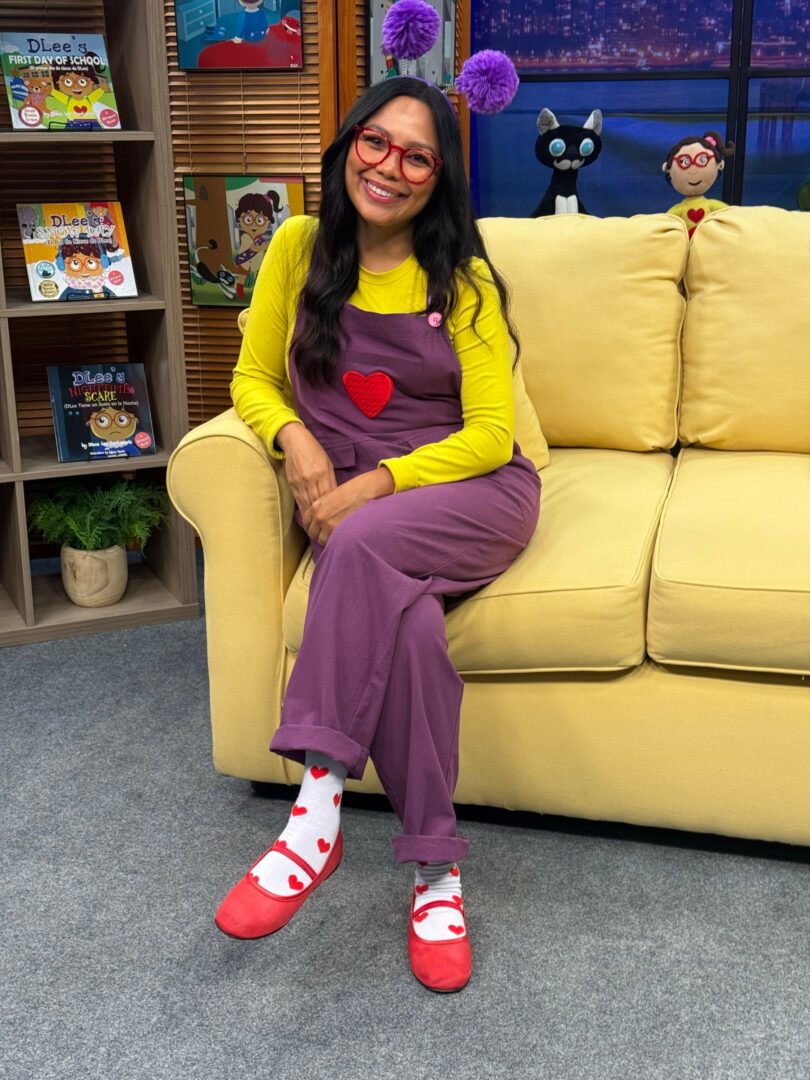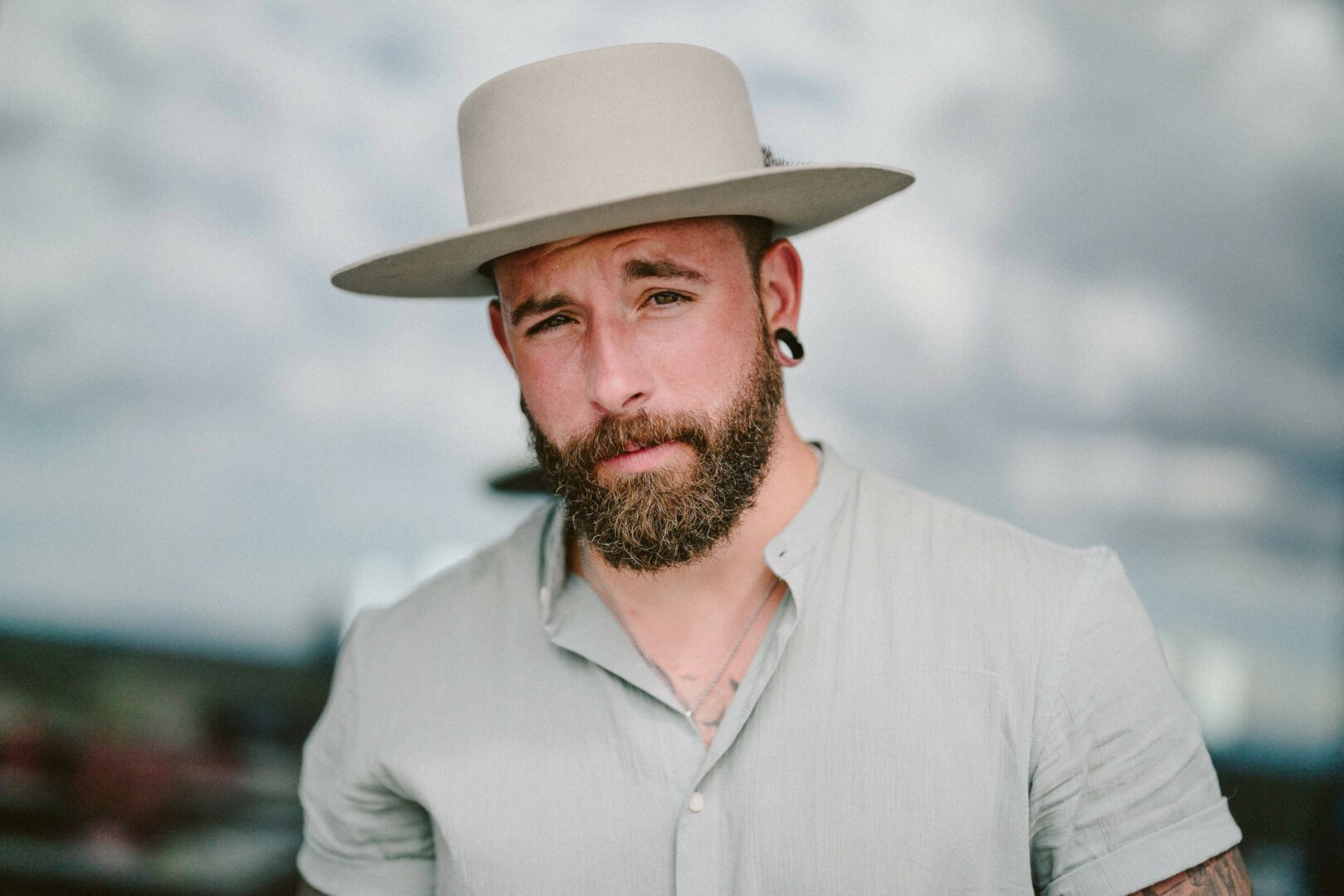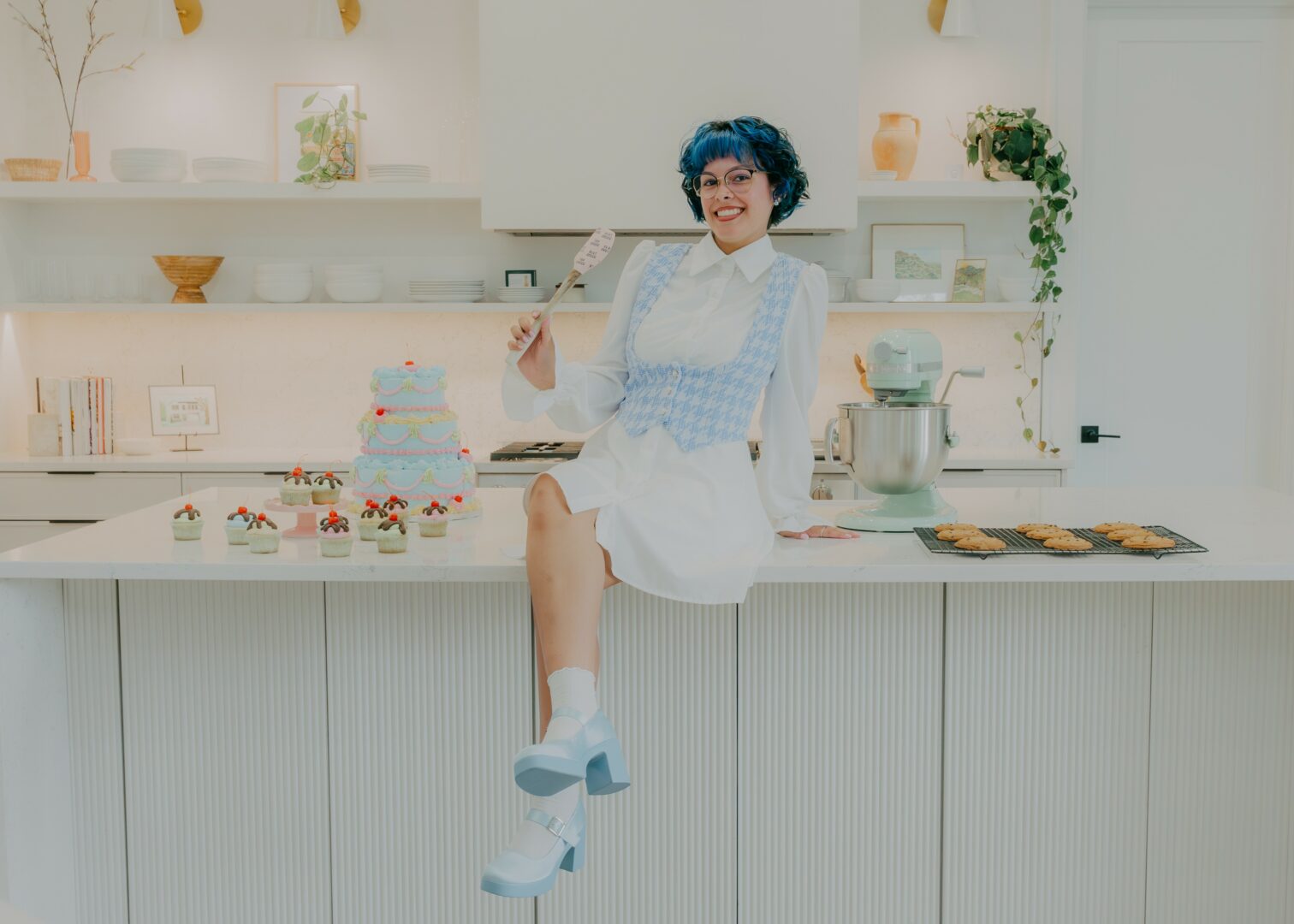We were lucky to catch up with George Jonathan recently and have shared our conversation below.
George, first a big thank you for taking the time to share your thoughts and insights with us today. I’m sure many of our readers will benefit from your wisdom, and one of the areas where we think your insight might be most helpful is related to imposter syndrome. Imposter syndrome is holding so many people back from reaching their true and highest potential and so we’d love to hear about your journey and how you overcame imposter syndrome.
There’s something peculiar about being asked if I’ve ever felt like an impostor, as if the mere absence of this supposedly universal anxiety might itself be a kind of fraud. I watch others wrap themselves in the comfortable blanket of this shared affliction, this collectively agreed-upon neurosis, and wonder if my inability to relate makes me more or less authentic. The idea of pretending to be something I’m not exhausts me more than any actual failure could. I’d rather stand here, gloriously unburdened, in the simple truth that tomorrow will demand exactly what today did: nothing more or less than what I am willing to give.

Great, so let’s take a few minutes and cover your story. What should folks know about you and what you do?
I’ve built a diverse career in the visual arts that spans multiple roles.
Consider the grip house: metal and shadow, wire and want. I go there most days, watching others watch me arrange the tools of illumination, all of us pretending to understand what we’re really doing here, why we keep returning to this place where light becomes something you can hold in your hands. It’s strange work, necessary work, the kind of work that makes you question if you’re actually doing what you think you’re doing.
The photography came later, or maybe it was always there, lurking beneath whatever else I thought I was becoming. Sometimes I’m behind the camera, sometimes I’m telling others where to point their cameras, sometimes I’m teaching people how to see what they’re trying to see. STUDIO OMG, the teaching venture my partner and I created, came about like most important things do – unexpectedly, yet somehow right on time. We teach lighting and art direction, which is really just teaching people how to see differently, how to make others see differently. Sometimes I wonder if that’s not what we’re all trying to do anyway.
The students come with their expectations, their cameras, their carefully constructed ideas about art. They trust us, which is terrifying and beautiful in equal measure. Someone did this for me once – opened a door, showed me how to see. Now I’m the one holding doors open, and I’m not entirely sure how that happened.
Lately my work has turned inward, though that’s not quite the right way to put it. I’ve been making images about the justice system, about custody battles, about birthdays, about death – all these systems and ceremonies we’ve built around the basic fact of being alive. The images come from my life, yes, but they’re not really about my life. They’re about the spaces between things, the gaps in our explanations, the moments when our carefully constructed narratives break down.
I write too. Words and images. Images and words. As if one language isn’t enough to say whatever it is we’re trying to say. As if by combining them, something true might accidentally emerge.

Looking back, what do you think were the three qualities, skills, or areas of knowledge that were most impactful in your journey? What advice do you have for folks who are early in their journey in terms of how they can best develop or improve on these?
I would start by saying the body knows things the mind pretends not to understand. With that, you could say psychology gave me the map, but having a family who loved me without condition or qualification—that gave me the courage to actually make the journey, to traverse territories I might otherwise have avoided, to recognize safety in strangers because I knew so well what safety felt like at home.
The advice I would give to people on their journey is going back to my first sentence. This is what I’ve learned, what I wish someone had told me earlier: your body knows. Long before your mind has finished processing the data, long before you’ve rationalized and justified and explained away, your body has already done the calculations. Trust it. That flutter of unease in your stomach? The sudden tension in your shoulders? These are ancient warning systems, far more sophisticated than any social media algorithm or industry trend analysis.
(And yes, psychology helps. But it only helps because it gives us permission to believe what our bodies have been telling us all along.)

To close, maybe we can chat about your parents and what they did that was particularly impactful for you?
Love me
Contact Info:
- Website: https://www.georgejphoto.com
- Instagram: georgejonathanla

so if you or someone you know deserves recognition please let us know here.




